Australian designer Greg Natale creates classic interiors that are sleek, decadent and indulgent to the senses — and now we can all take a leaf out of his book. His latest work, The Tailored Interior, showcases some of his interiors and offers an overview of his design philosophy and approach. “I’m asked for advice on matters of interior design so often, and I know how overwhelming people can find the whole thing,” he says. “To me there’s a great deal of common sense to it, and when I work with clients, I try to guide them through the process step by step.”
The interior designer has what Jonathan Adler describes as “mathematical precision” in his approach to creating cohesive rooms. “I take care to curate every piece and every finish so it relates to the next and holds its own special place in the mix,” Natale says. “I hope the advice in this book can help people become a bit braver about creating their own interiors.” We asked Natale to share the nine design steps he swears by.
1. Find your starting point. Knowing where to start with your design can be overwhelming, especially when various ideas are in contention with one another. Natale suggests that you home in on one idea or inspiration, make that your starting point and from there build your concept.
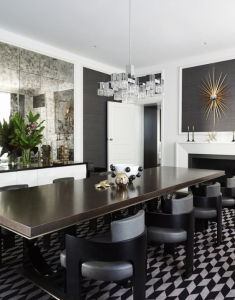 “If a client doesn’t know where to start, I suggest some obvious points of reference. Something personal will often provide a good starting point — a favorite artwork, or a piece of furniture they want to keep and build on, or even a much-loved sofa or chair that could inspire a new setting after some reupholstering,” Natale says.
“If a client doesn’t know where to start, I suggest some obvious points of reference. Something personal will often provide a good starting point — a favorite artwork, or a piece of furniture they want to keep and build on, or even a much-loved sofa or chair that could inspire a new setting after some reupholstering,” Natale says.
“Otherwise, we’ll look at the building they’re in and see if there are architectural elements that could be highlighted and echoed inside the house, or if the era of the house itself might suggest a way forward. There is always a starting point somewhere!”
2. Get your foundations right. As tempting as it may be to add furnishings and accessories right away, surface finishes should be your next priority. Natale says the most dominant finishes will be on your walls, floors and ceilings — as they will provide the backdrop for everything that follows — so lay out your swatches and samples for these first. Natale quite often gravitates toward decadent wallpaper.
Bonus tip: When you’re choosing wallpaper, Natale says light should be a major factor: “The type of wallpaper you choose depends on how well lit your room is. I’d never recommend using dark wallpaper in a room that is insufficiently lit.”
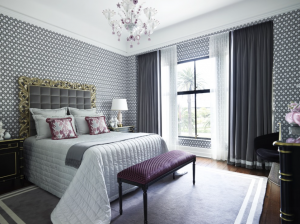 3. Consider proportion. Proportion plays a significant role in design, but it’s easy to get wrong. Natale uses proportion to help people feel comfortable in the space, no matter what its size. He says proportion should apply to everything — not just the size of your furniture and how much of it, but even something like the scale of pattern on your wallpaper.
3. Consider proportion. Proportion plays a significant role in design, but it’s easy to get wrong. Natale uses proportion to help people feel comfortable in the space, no matter what its size. He says proportion should apply to everything — not just the size of your furniture and how much of it, but even something like the scale of pattern on your wallpaper.
4. Build your layers. This is often the most fun step in the process, allowing you to add your personality to the room. But before you run out to the shops to buy all those things on your wish list, do some careful planning.
According to Natale, layering is all about steps. He suggests starting this process by sketching the dimensions of your room to scale on paper and cutting out shapes in proportion to represent pieces of furniture. Moving things around on paper is a genius way to save you time, money and the heartache of things not fitting.
5. Check for contrast. Creating contrast can take a room from blah to ta-da! Think about your design like you would your outfit. As Natale points out, there’s a good reason we pair a black suit with a white shirt: Opposites look great together. Try contrasting colors and patterns, shapes, sizes, finishes, eras and statements — and most important, have fun with it.
6. Ensure balance. What’s balance, you might ask? When it comes to decorating, Natale says it’s an ambiguous term. He says to think of it as a general feeling — does it feel right? It’s governed entirely by emotion, so step back to take everything in from a fresh perspective.
7. Play with color and pattern. You might love the current trend of natural greens, but Natale says picking colors simply because you like them doesn’t mean they will work in an interior. Despite championing color and pattern, Natale actually puts those among the last considerations in his designs.
“Personally, I’m a great lover of pink. I find it vibrant, exciting and beautiful,” Natale says “I always have elements of 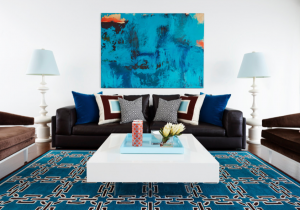 the color in my apartment — currently, an Andy Warhol Marilyn print and a painting by Australian artist Scott Petrie, delivering rich pops of pink, which I’ve echoed in some of my accessories.”
the color in my apartment — currently, an Andy Warhol Marilyn print and a painting by Australian artist Scott Petrie, delivering rich pops of pink, which I’ve echoed in some of my accessories.”
But, as you can see in a lot of his work, he is also drawn to monochromes: “To me they are such a chic combination that can work in classic or modern spaces. You’ll find a lot of these too in my apartment.”
8. Add objects. Adding some finishing touches will complete your home’s look. “I’m always out looking at ornaments and accessories, and when I’m styling an interior, I’ll often remember something I’ve seen that could be perfect for that particular space,” Natale says.
Natale suggests that you carefully consider your choice of materials — for example, metallics, ceramics, acrylic and marble — and what effect they will have on the room.
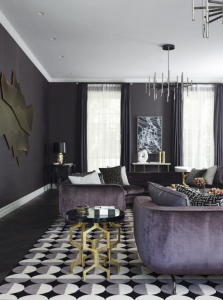 9. Edit for cohesion. Natale says he can break down the rooms he works on to just a few elements, which he then repeats and reinterprets around around the house.
9. Edit for cohesion. Natale says he can break down the rooms he works on to just a few elements, which he then repeats and reinterprets around around the house.
For a finished, tailored look, make sure you come back to your starting point and ensure that a story is being told at every stage.
For a cohesive, tailored interior of your own, contact designer Natalie Malik at Talie Jane Interiors. With locations in Chicago and South Lake Tahoe, Talie Jane Interiors is a coveted interior designer. Check out www.TalieJaneInteriors.com or call 1-855-TALIEJANE (855-825-4352).
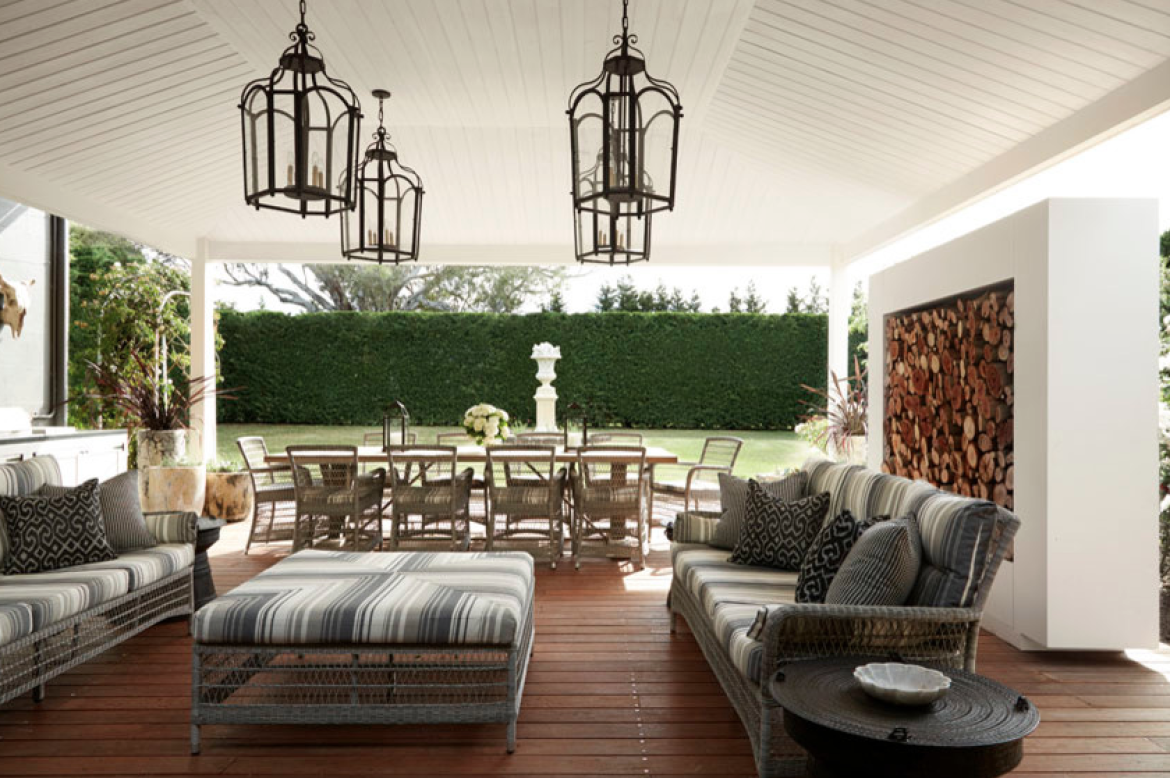
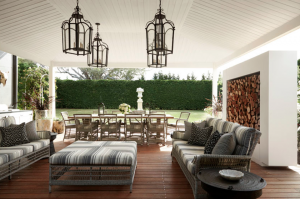
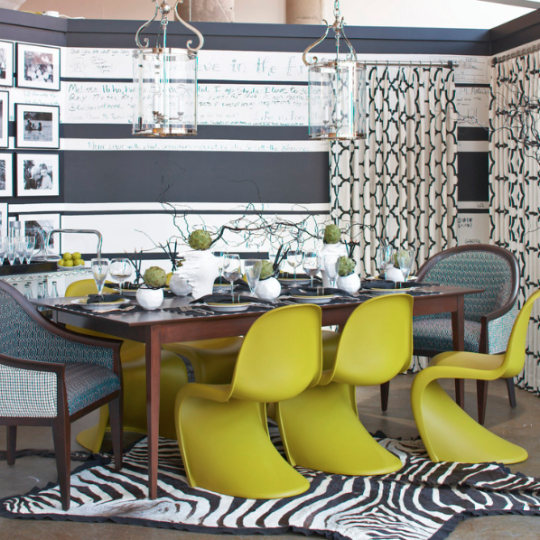
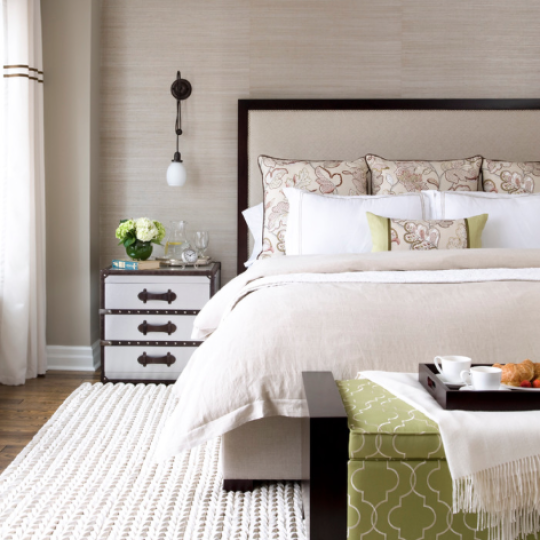

Sorry, the comment form is closed at this time.